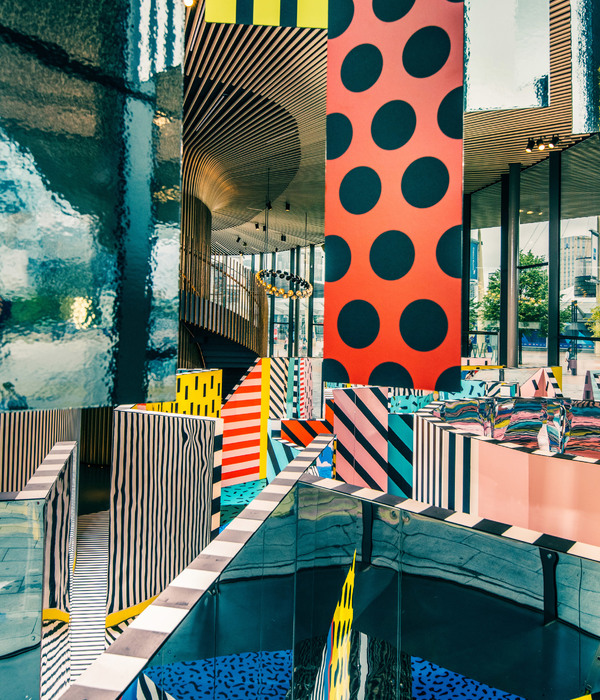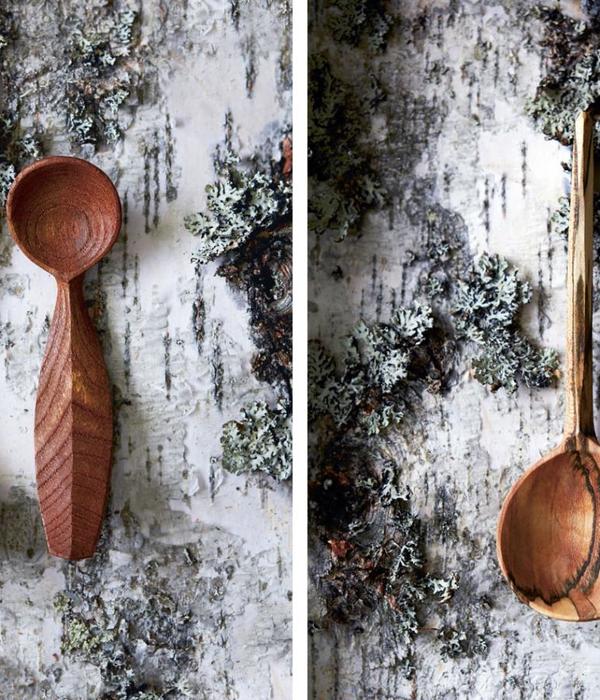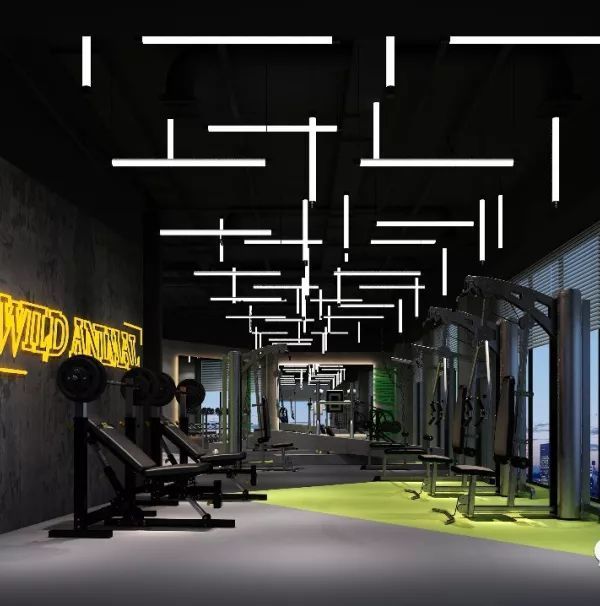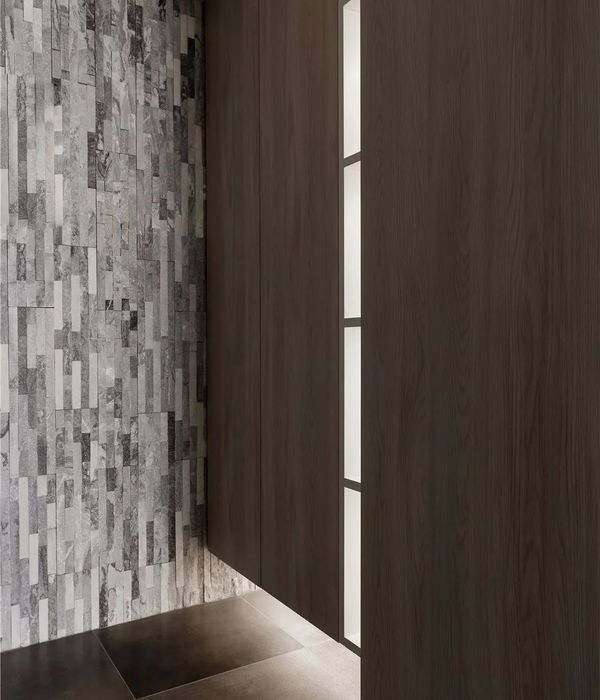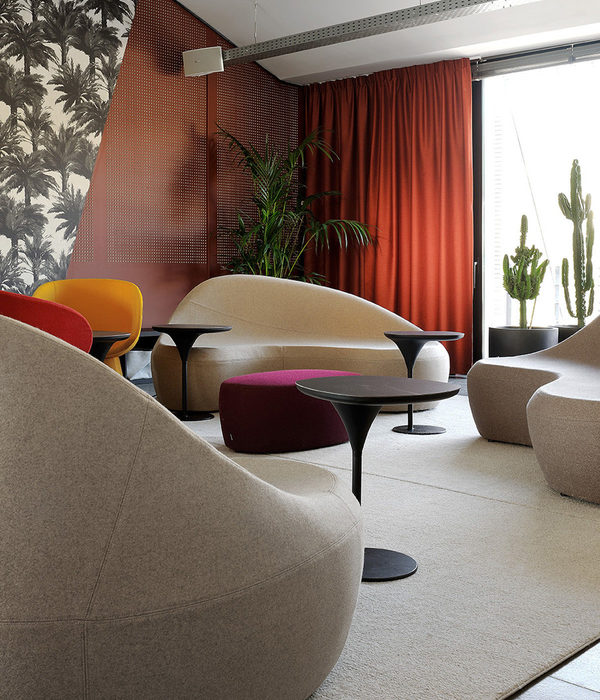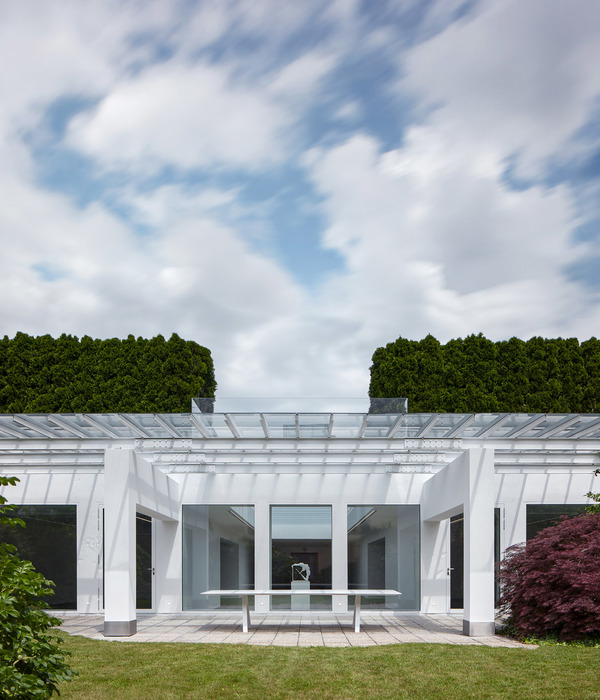A look at some of the responses to curatorial director Aric Chen’s theme of ‘Elements: Water’ at this year’s edition of Design Miami/
Courtesy Gallery ALL
The scene at this year’s Art Basel in Miami Beach was familiar: palm trees swayed, champagne flowed and collectors streamed into exhibition halls. But the AC wasn’t running on high at nearby Design Miami/, since for the first time the show wasn’t sited on a blistering parking lot but within a newly created green space called Pride Park — a fitting change for a fair shifting its focus toward eco-conscious design.
‘We’ve been looking at issues of resources in the context of a changing planet,’ says Aric Chen, who served this year as Design Miami’s first curatorial director. At the Basel edition in June, Chen proposed the curatorial theme ‘Elements: Earth’ as a way to investigate the changing relationship between natural and artificial materials, waste and consumption. For the Miami edition, he selected ‘Elements: Water’.
‘We hope to explore the poetry and phenomenology of water, but also issues of water scarcity, ocean plastics and other issues surrounding this element that is increasingly threatening and under threat,’ Chen says.
Participating galleries riffed on the topic to varying degrees, but overall the curatorial theme helped give the platform for collectable design a more cohesive feel.
The moulded beauty of marine environments figured strongly at galleries like Paris’ SCENE OUVERTE, which showed the ocean-inspired Bumble armchair and Coral Light sculpture by Léa Mestres, while the Pearl River Delta’s seas inspired the hues of Null, a collection of laminated glass lamps, tables and benches shown by Gallery ALL.
The series, which was designed by Studio Buzao, is treated with gradients of opacity that shift from a deep blue to a translucent blue and ultimately to near invisibility. A geometric language of stacked rectangular volumes balances the ephemeral quality of the pieces, which lead designer Zeng Peng says were guided by principles of ‘stability, calmness and rationality’.
The creative powers of water were also highlighted in the show. Brazilian designer Claudia Moreira Salles, known for her deep engagement with material, showed her iridescent Fine Tuning range for ESPASSO, which is made from a soft, ductile alloy metal that changes colour through underwater electrolysis. ‘The colour comes from the accumulation of successive crystalline layers caused by the electrical charge,’ Salles explains.
Some designers were more explicit in their take on water as an environmental threat. Carpenters Workshop Gallery showed Virgil Abloh’s Aqua Alta series of ‘sinking’ furniture inspired by the effects of tide peaks on life in Venice, and increasingly, in Miami. Others took the opportunity to explore a circular economy. Balenciaga collaborated with Harry Nuriev, founder of Crosby Studios, on an oblong sofa upholstered with damaged or otherwise unsellable garments and off-cuts and encased in scrapped transparent vinyl, and Studio Swine collaborated with Instagram’s @design account to create a billowing transparent booth made entirely of recyclable PVC.
The booth’s bubbles act as vitrines and the lightweight structure packs down into a suitcase for transportation and reuse. Studio co-founder Alexander Groves says he hopes to recapture the carbon footprint by next year’s Design Miami/, and has already planted 400 native trees in the southern Carpathians Mountains. ‘We believe there’s a great opportunity to not just raise awareness about sustainability, but to actually do something,’ he says.
Text / Sophie Kalkreuth
Courtesy Gallery ALL
Image by James Harris
Image by James Harris
Image by James Harris
Image by James Harris
Image courtesy of Crosby Studio
Image courtesy of Crosby Studio
Image by James Harris
{{item.text_origin}}

